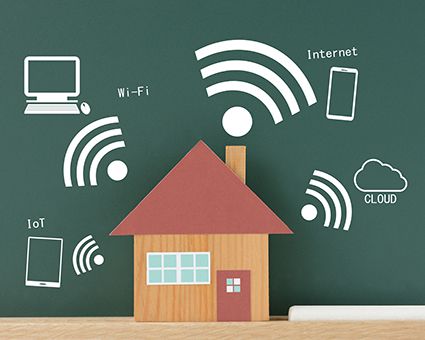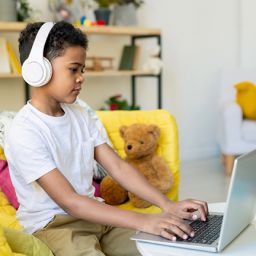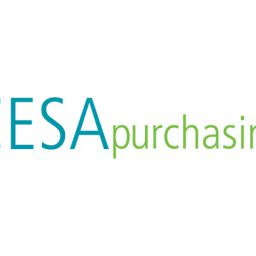Solving 5 Common Challenges of Remote Learning
The new school year has officially begun, and remote learning is now the norm for at least the next semester or two. Even for schools that have allowed students to go back onto campus, online learning is still part of the curriculum, with only a fraction of students allowed into the classroom at one time.
While there were summer months to prepare, the time was not nearly enough to overhaul an education system based heavily on in-person, on campus teaching and learning.
By now, schools have made the transition to incorporate remote learning, prepared or not. The struggles still exist, with old and new challenges arising while being online. To help ease the transition, below are solutions to 5 common challenges schools and districts are encountering now back to school.
Remote Learning Challenge 1: Device Rollout and Tech Support
Solution: Work with Vendors and Third Parties
Schools have been forced to figure out a way to source, deploy, and support computer hardware for 1,000’s of students and teachers in a very short timeframe.
Outside vendors and third-party companies can help offset the strain on school districts’ IT resources. There are options that specialize in education technology and understand the unique requirements when working with student and teacher devices. Look for vendors that can source technology from multiple brands, new and refurbished so you have more options. Utilize services such as White Glove services to deploy Chromebooks and laptops quickly and IT services that offer helpdesk support.
Remote Learning Challenge 2: Limited Internet Connection
Solution: Extend Campus Internet to the Community
The digital divide exists and not all students have reliable internet access beyond school grounds.
Wireless technology has rapidly advanced and solutions are now available for schools to expand their internet out into its communities. From creating wireless hotspots to antennas expanding Wi-Fi 10+ acres beyond a campus, there are ways to get students connected and close the digital divide.
Limited on budget and resources?
Make sure you are utilizing funds like E-Rate and CARES Act. Both programs support digitizing schools and libraries by providing funds for telecommunications, internet access, and internal connections.
Remote Learning Challenge 3: Keeping Students Engaged

Solution: Mix Asynchronous and Synchronous Teaching
Distraction. Restlessness. Lack of interest. All side-effects of remote learning when students aren’t able to get their regular in-person social stimulation.
To help students remain engaged, use a mixture of asynchronous and synchronous teaching. Interactive displays, like Newline displays, allows for both teaching methods. Teachers can present in front of the display and still show the board’s full content on a split screen. Lessons can also be recorded on the display and made available for on-demand viewing.
Remote Learning Challenge 4: Cybersecurity Threats
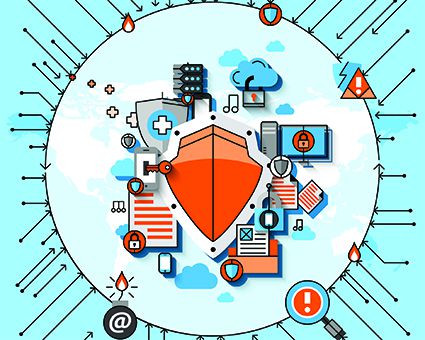 Solution: Know your School’s Security Posture
Solution: Know your School’s Security Posture
With a multitude of devices all connected from different places, hackers have increased entry points into a school’s network and access to student data.
Not only do devices need to be secure but the network infrastructure needs to be protected with systems that can monitor, detect, and respond to threats. Cybersecurity assessments will show how strong a district’s security posture is and where it can be improved. Most legitimate third-party vendors provide some sort of assessment that will help gauge where your district’s threats are.
Remote Learning Challenge 5: Proper Disinfection of Shared Devices
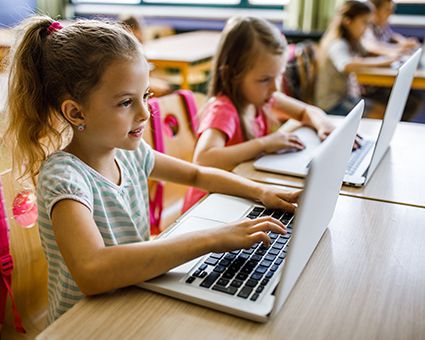 Solution: Utilize Sanitizing Cabinets
Solution: Utilize Sanitizing Cabinets
Schools taking the hybrid learning approach encounter daily risks of contaminated classroom devices and equipment with different groups of students cycling in and out of the school.
To disinfect properly and prevent spread of illnesses, specialized sanitizing equipment is available to clean Chromebooks, laptops, tablets, headsets, and more using ultraviolet (UVC) light. Products like Anywhere Cart’s AC-CLEAN Sanitizing Cabinet sanitize without harmful chemicals and are made especially for the classroom.
Each of these common challenges with remote learning existed pre-pandemic. However, the issues have intensified with students now off campus and learning online.
Now that remote learning has been incorporated in most districts, it seems to be here to stay to some extent. By tackling these challenges now, remote learning will be more effective and safer now and into the future.
2NDGEAR has been serving the education market for over 30 years, providing technology and IT support to schools nationwide. If your school or district is in need of meeting the challenges and demands of remote learning, please reach out to us at info@2NDGEAR.com for additional information.

